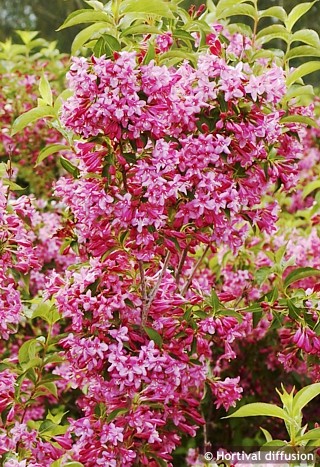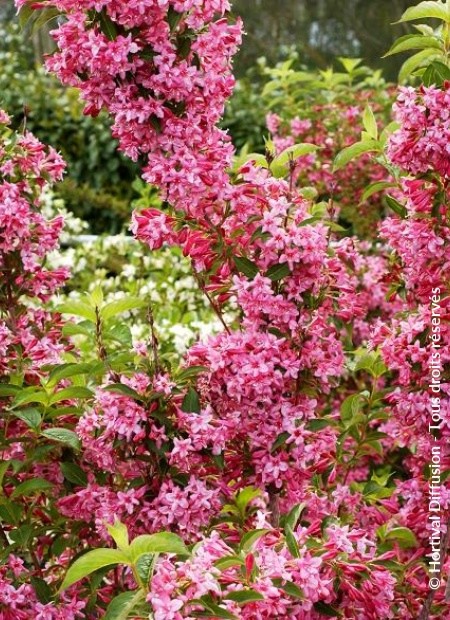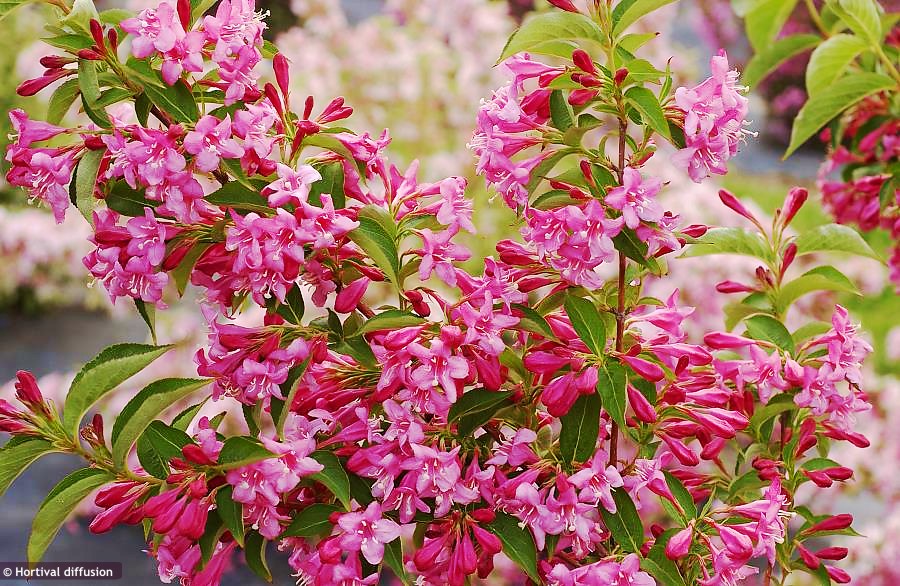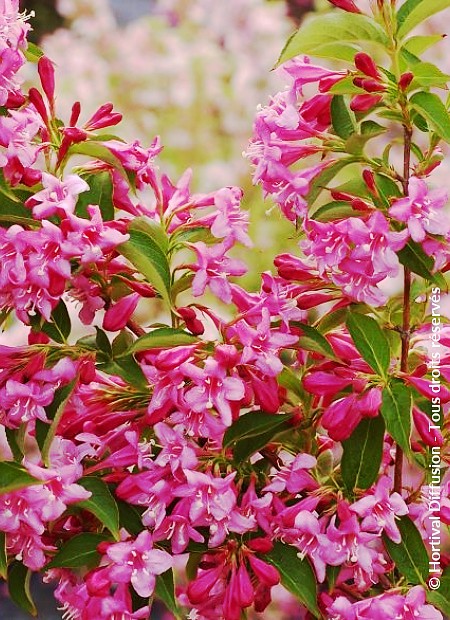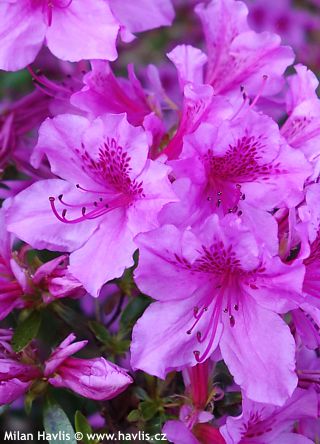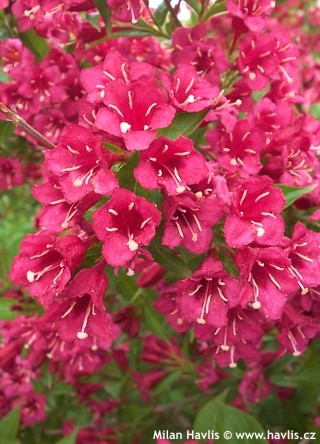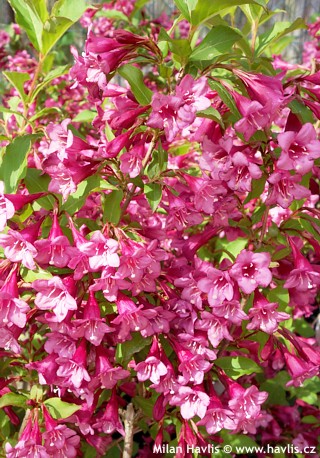Weigela 'STELZNERI' weigela
Weigela
Weigelas are highly prized and frequently used landscape plants because they are problem-free, profusely flowering shrubs which require little or no maintenance. They are deciduous and commonly grow 1.5-2.5m tall and wide, while new and modern varieties are bred for more compact growth and there are even dwarf cultivars available today. Weigelas come from East Asia (North China, Korea, Japan) and were named after German professor Christian Ehrenfried Weigel (1748-1831) from University of Geifswalg.
Stelzneri is a rare to find variety of weigela whose origin is dated back to late 19th century when it was bred and introduced by Louis Van Houtte from Ghent in Belgium in 1861. It produces profusion of rich purple pink flowers. They are funnel-shaped, narrower than most other varieties, and appear from May till June, and again in late summer. Its deciduous leaves and ovate, mid green. Stelzneri makes upright shrubs of irregular shape.
Pruning is essential if you want a pretty plant which they can easily be. Since they flower mostly on previous year's wood prune them by one third or even one half right after flowering in June so that they have enough of time to make plenty of new twigs that will mature quickly and bear plenty of flowers in the next season. Use them as screening plants in informal flowering hedges, in parks and public landscapes, or as specimens in small sized gardens.
Weigelas thrive in semi-fertile, slightly moist soil, preferably in full sun, however you can often see them growing in part shade or even complete shade and they still bloom. They can take heavy and compacted soil, too, but will need more time to become nice and bushy. Occasional flooding is not a problem, in fact, they prefer excess water rather than drought. Their hardiness varies with variety, but usually they withstand min. -29°C (USDA zone 5). In spite of their hardiness large growing weigelas are not suitable for outdoor pots (risk of drying out in winter).
Last update: 19-05-2011; 28-01-2019

































